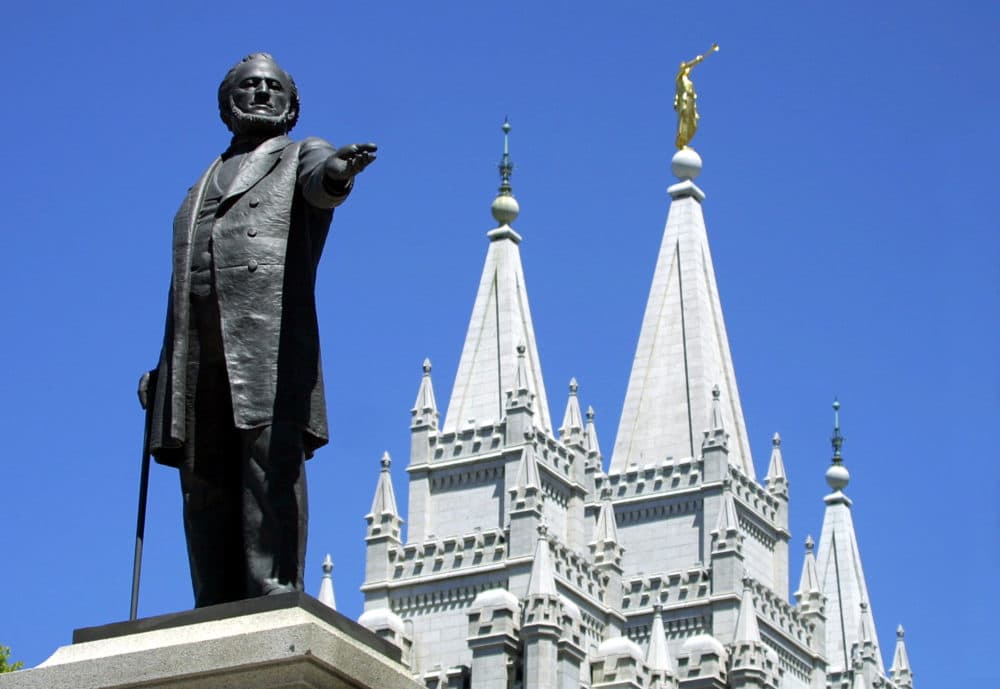The Church of Jesus Christ of Latter-Day Saints which is also referred to as the Mormon Church – has a complex relationship with race. This article is an honest, objective analysis of the treatment of Blacks in the Mormon Church. It examines the policies implemented and how the Church developed to dispel previous beliefs and practices that are linked to race.
Blacks in Mormonism History Overview
Between 1852 and 1978, between 1852 and 1978, Mormon Church issued a decree which prohibited blacks from Mormonism from being ordained priests. The policy was a consequence of the religious and racial beliefs at the time. Black individuals were disqualified from certain rituals and obligations within the Church, leading to discrimination in the Mormon community. This discriminatory practice wasn’t unique to Mormonism. It was an expression of the widespread prejudices against racial minorities that existed in American society of the time.

Mormon Black Peoples and the 1978 Revelation
A pivotal turning point happened in 1978 when the President of the Church, Spencer W. Kimball received what Mormons consider to be a divine revelation regarding the exclusion of Black people from priesthood. This revelation is considered to be a crucial point that changed the long-standing policy. The Church of Jesus Christ of Latter-Day Saints has declared that Black people can now hold the priesthood and fully participate in all facets of their church.
The Church’s current stance rejects racism, and is aiming at unification and welcoming all people regardless of race or background to embrace the gospel of Jesus Christ. The Church’s doctrine today affirms all people are equal, and focuses on God’s acceptance of every person regardless of race, gender, socioeconomic status, or other factors.
Joseph Smith’s Fair Treatment of Black Individuals
Joseph Smith, founder of the Mormon Church despite the racial discrimination of his day was compassionate and fair treatment of Black people. Joseph Smith may have ordained Black men to the priesthood during his lifetime, according to documents from the past. Smith’s views on equality and inclusion in the Church were evident in the ritual. The leaders who followed Smith’s guidelines imposed policies which barred blacks from priesthood. This reflected the shift in attitudes towards race towards race at the beginning of the 19th century. For more information, click Mormons and Black People
Racism It is something to address and advancing towards unity
The Church of Jesus Christ of Latter-Day Saints has taken significant actions to fight racism and encourage unity among its members. The Church has issued statements that disavow the past beliefs about race. They stress that racism in any form is against the principles of Jesus Christ and the core beliefs of the Church.
The Church is actively promoting respect, love and understanding among its diverse members, while highlighting their worth and worth. Members are educated on the significance and importance of avoiding prejudiced views, as well inclusion, cultural awareness and sensitivity.
Conclusion
Knowing the background of Blacks and the Church of Jesus Christ of Latter-Day Saints evolution on race is crucial in promoting equality and encouraging unity. This difficult policy, which limited Blacks being ordained into the priesthood for over 100 years, has been an important part of Church history. However, the subsequent announcement in 1978 was a turning point, signaling a commitment to inclusivity and equality.
The current stance of the Mormon Church rejects racism, defends equality, and advocates for love and acceptance among the members of the Church. By confronting its historical prejudices regarding race and taking steps toward progress, the Church is actively moving forward in a direction of unity and understanding in order to ensure that every member feels valued and respected in the Mormon community.